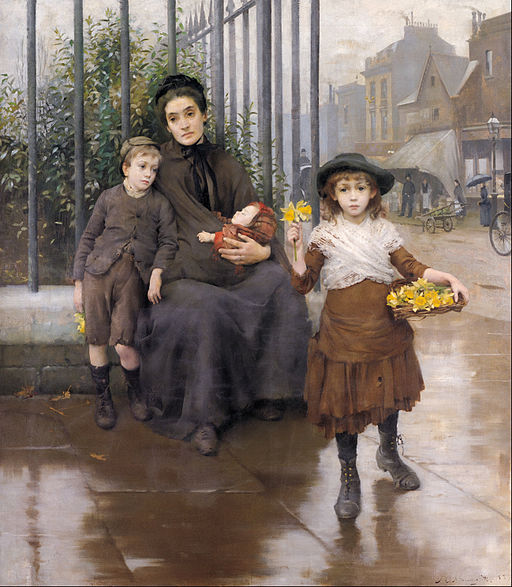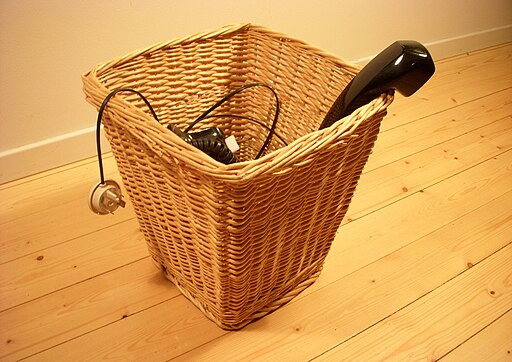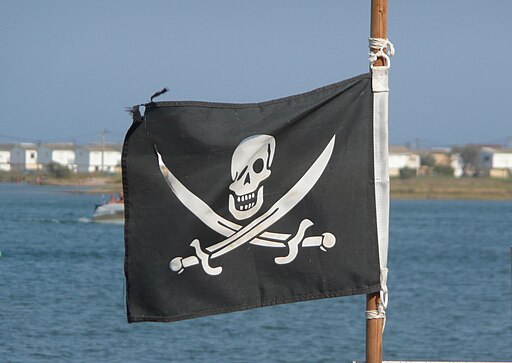I love this word. It means… well, as is so often the case with Greek words, it has a spread of meaning. It speaks of proportion, fairness and moderation. It is a question of what is appropriate, or fitting – like lagom. It is, in fact, the antithesis of taking more than one’s share. John V Taylor, in his book Enough is Enough, uses the word equipoise, meaning balance.
 “It is not poverty but balance we are after, and balance, I believe, may well mean for us in the affluent countries a reduction in our standard of living. But it would be an absurd exaggeration to say that for three-quarters of our population in Britain a reduction of standard would come anywhere near poverty.”
“It is not poverty but balance we are after, and balance, I believe, may well mean for us in the affluent countries a reduction in our standard of living. But it would be an absurd exaggeration to say that for three-quarters of our population in Britain a reduction of standard would come anywhere near poverty.”
People tend to shy away from the idea of a reduction in their standard of living, but it is worth noting that ‘standard of living’ and ‘quality of life’ are not the same thing. ‘Standard’ refers largely to the physical, most notably wealth – how much you have, and how much you have compared to those around you. ‘Quality’ is more about how good your life is, rather than how many ‘goods’ you have.
This is rather like the difference between absolute and relative poverty. Absolute poverty is how little you have compared to what you need. Relative poverty is how little you have compared to those around you. I have always thought it strange that developed countries make such a to-do about so many percent of their population being under the poverty line, when the line is set as a percentage of the average. That means that if everyone in the country had their income doubled overnight, exactly the same number of people would be under the poverty line. Useful as an indicator of inequality, yes, but it doesn’t really say much about how many people are actually in genuine need – to my mind, a much more important thing to know.

Moderation isn’t a slump in your quality of life. It doesn’t limit your enjoyment of the world. As the philosopher Epictetus said, “If one oversteps the bounds of moderation, the greatest pleasures cease to please.” Eating chocolate is a pleasure. Eating an entire block of chocolate results not in pleasure but nausea. Having nice things is a pleasure. Having your house so stuffed full of nice things that you can’t see most of them, let alone have room to appreciate them, is not a pleasure but a source of stress (and much unnecessary housework).
Moderation, in short, is not a miserly form of self-denial, but a way to more fully enjoy your life. But it can be very hard! It’s a struggle sometimes even to remember that we don’t have a duty to have, when our world is so geared to continual growth – the complete opposite of moderation.
John Taylor illustrates: “to take another example which is no flight of fancy, a well-known company produces 9 million articles a year, knowing that the demand for and actual use of these articles cannot exceed 5 million. The further 4 million are necessary for ‘growth’, though they meet no need. They have to be pushed (with a commission on sales) as courtesy Christmas presents which other firms may buy to distribute to their business associates. But any system of accounting which can describe as ‘growth’ 4 million articles thrown new-made into waste-paper baskets must be deliberately blinding itself to the reality of the whole.”

To look at it metaphorically, moderation dines well and ends the meal enjoyably replete. Consumerism – well, consumerism is Mr Creosote. Continual growth cannot go on forever. The After-Dinner Mint of Doom is coming. Of course, it doesn’t have to be doom all round. Some changes may be forced upon us in time, but most of us in the developed world currently have the ability to make our own choices about how much we consume, of what.
Perhaps it’s time to say, “Thank you, I’ve had enough.” Or, as a friend of mine taught her children to say, “Thank you, I have had an elegant sufficiency.” More cake? More toys? Thank you, I’ve had enough. What about some more clothes, or another little gadget – you don’t want to fall behind the times! Thank you, I have had an elegant sufficiency.
Of course, good manners can – and should – extend further than a polite refusal. Perhaps it’s time that we started asking questions of others at the table. May I help you to a share of these resources? Allow me to offer you a fair price… Can I serve you with some clean water?
 ἐπιεικής is not the boring middle-of-the-road. It is the pathway to a beautiful life, not only for us, but for others. And that’s why I love it.
ἐπιεικής is not the boring middle-of-the-road. It is the pathway to a beautiful life, not only for us, but for others. And that’s why I love it.














